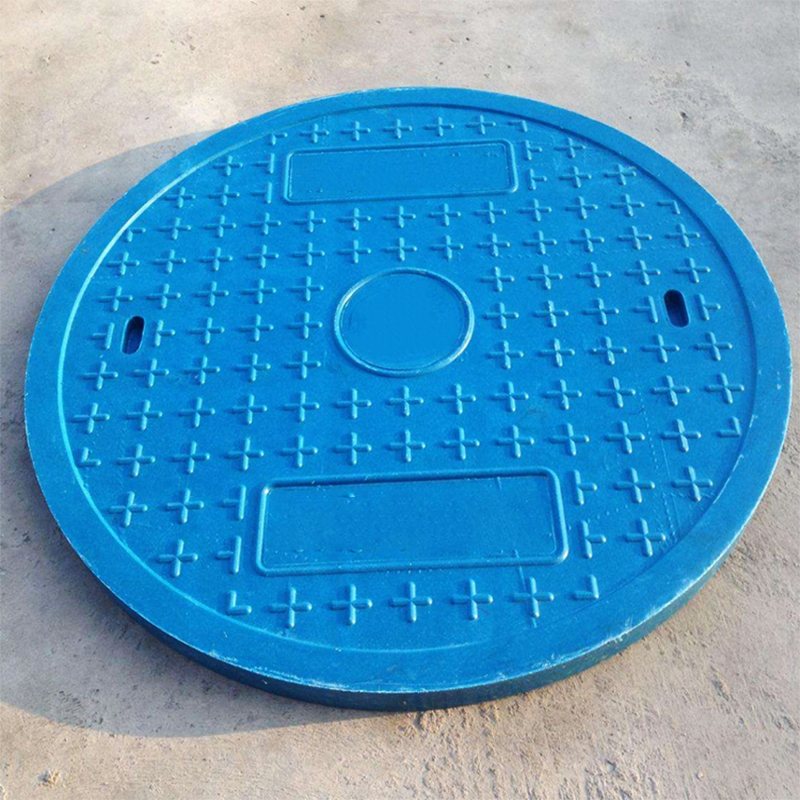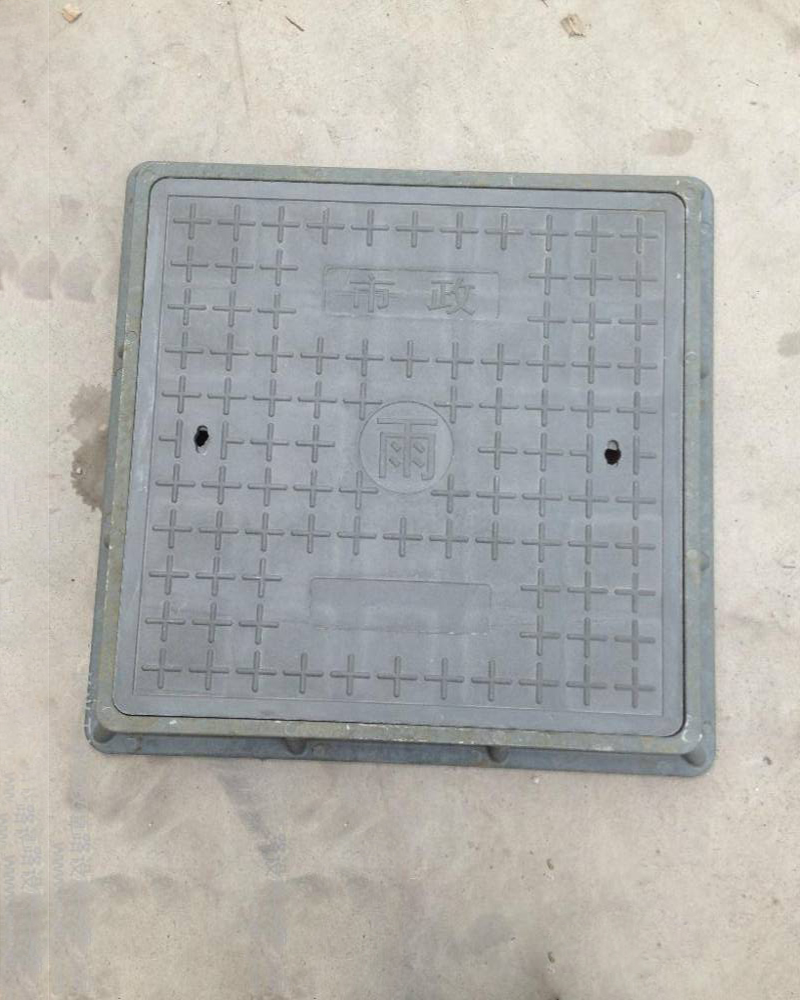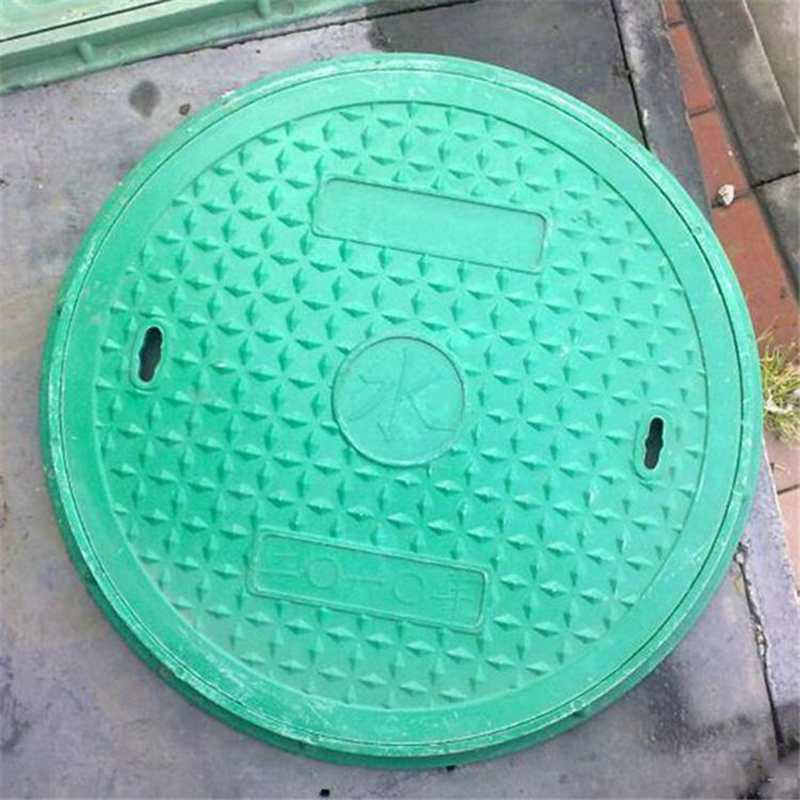I. Basic Concept
A composite manhole cover is a type of cover made primarily from polymer materials (such as resin, fiberglass, engineering plastics) or composite materials, formed through molding processes like compression or injection molding. It is designed to replace traditional cast iron manhole covers and is widely used in municipal roads, residential areas, parks, drainage systems, and other applications.
II. Core Classifications
By Material:
- Resin-based Composite: Uses unsaturated polyester resin, epoxy resin, etc., reinforced with fibers (glass fiber/carbon fiber).
- Fiberglass Reinforced Plastic (FRP) Manhole Covers: Made from glass fiber-reinforced plastics, offering strong corrosion resistance.
- Recycled Resin-based: Produced using environmentally friendly materials such as recycled plastics and fly ash.
By Function:
- Standard (Light-duty), Heavy-duty (load capacity: 10–40 tons).
- Anti-theft, Anti-subsidence, Art Customization (embedded patterns or text).
III. Core Advantages
- Anti-theft & Corrosion Resistance: No metal components, making them impossible to melt down and eliminating theft risks; resistant to acid, alkali, and corrosion, with a lifespan exceeding 30 years.
- Lightweight: Only one-third to one-half the weight of cast iron covers, facilitating transportation and installation.
- Noise Reduction: Built-in rubber or elastic padding layers reduce vehicle-induced noise by over 50%.
- Eco-friendly & Energy-saving: Recyclable with 40%–60% lower production energy consumption compared to cast iron.
- Customization: Supports color, logo, and pattern customization to enhance urban aesthetics.



Post time: Apr-02-2025
